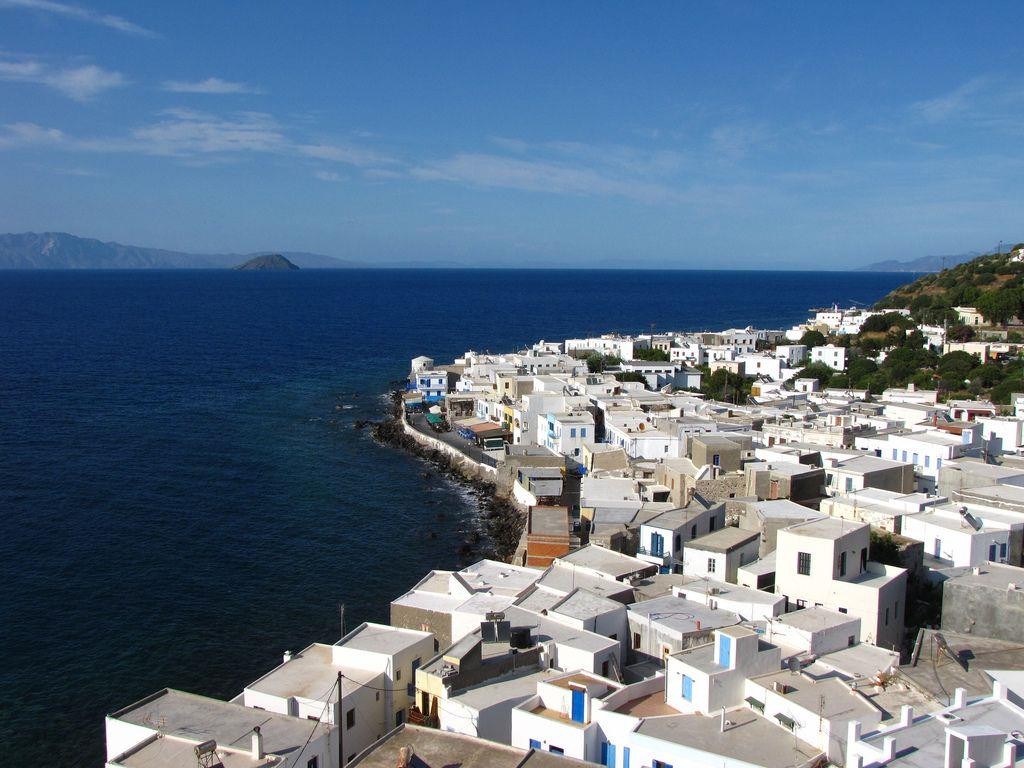Green agricultural and island communities’ programme for Greece’s remote and island areas
The ‘Green agricultural and island communities – new development model’ programme (“ΡΑΣΙΝΕΣ ΑΓΡΟΤΙΚΕΣ ΚΑΙ ΝΗΣΙΩΤΙΚΕΣ "ΚΟΙΝΟΤΗΤΕΣ": ΝΕΟ ΠΡΟΤΥΠΟ ΑΝΑΠΤΥΞΗΣ”) provides support to municipalities. The €50 million programme promotes renewable energy systems and energy efficiency measures in Greek remote and island areas with fewer than 1000 inhabitants. The first call for applications was launched end of 2012, the projects are running between 2013-2015.

The challenge
Despite its huge renewable energy potential Greece is still heavily reliant on importing fossil fuels. The construction sector also shows large energy efficiency gaps. As a result of the on-going crisis, remote areas are most vulnerable in terms of loss of tourists and a skilled labour force[1].
The measure
The Green Agricultural and Island Communities programme is implemented by the Centre for Renewable Energy Sources (CRES), which is the national agency promoting renewable energies. CRES’s role is implementing national and EU policy and legislation on environmental protection and sustainable development.
The programme’s objective is to implement appropriate interventions in selected areas in Greece, that will have significant impact on green growth and low carbon communities.
Specific objectives include creating new business models for the sustainable tourism sector, creating new jobs and improving regional development and sustainable living of residents. The programme is also providing support for young people to develop interest in MINT professions. Finally, the programme helps boost profits in the agricultural sector based on improved technologies and management methods.
Examples of activities that can benefit from grant funding are the following:
Green Buildings (integration of energy efficiency in buildings and renewable energies) incl. insulating the building envelope;Upgrading energy and electromechanical equipment (lighting, cooling systems);Integrating renewable energy systems (also for heating and cooling, especially by using solar power and geothermal heat pumps);Sustainable transport including electric mobility;Tailored public transport fleets using renewable energy (e.g. buses, refuse trucks);General infrastructure research (traffic observations, planning of parking lots or pavements, etc.)Cultural heritage conservation plays a major role including preserving the traditional character and aesthetics of the local environment.
Lessons learnt
CRES is currently providing financing to in total 18 Greek remote or island communities. As the projects are still on-going, little can be said about the programme’s success factors or barriers.
One example is from the island of Nisyros (1000 inhabitants on 50 km2).
The following activities are being funded (budget in brackets):
Insulation in homes and municipal buildings (€ 3,041,159)Wooden windows with double glazing in homes and municipal buildings (€ 518,743)Ceiling fans in municipal buildings (€ 4,165)District heating for private homes using geothermal energy, for heating, hot water, cooling (€ 1,045,500)Installation of a wind desalination unit for drinking water (€ 865,305)Modernisation of water and wastewater treatment facilities (€ 39,105)Supply of electric vehicles (€ 592,391)Charging station for electric vehicles (€ 699,661)Upgrading public lighting (€ 128,369)Remuneration of consultants (€ 358,405)Measuring equipment (€ 233,700)Raising awareness: Education and communication, disseminating information, networking (€ 34,672)Further deployment
With the on-going economic crisis in southern Europe, a measure like the Green agricultural and island communities programme cannot be sustained without funding. It can however kick-start a much needed green economy development in the most vulnerable regions. The programme is estimated to be 4 on the GML scale.
Links
Announcement of winning municipalities (in Greek)Brochure
